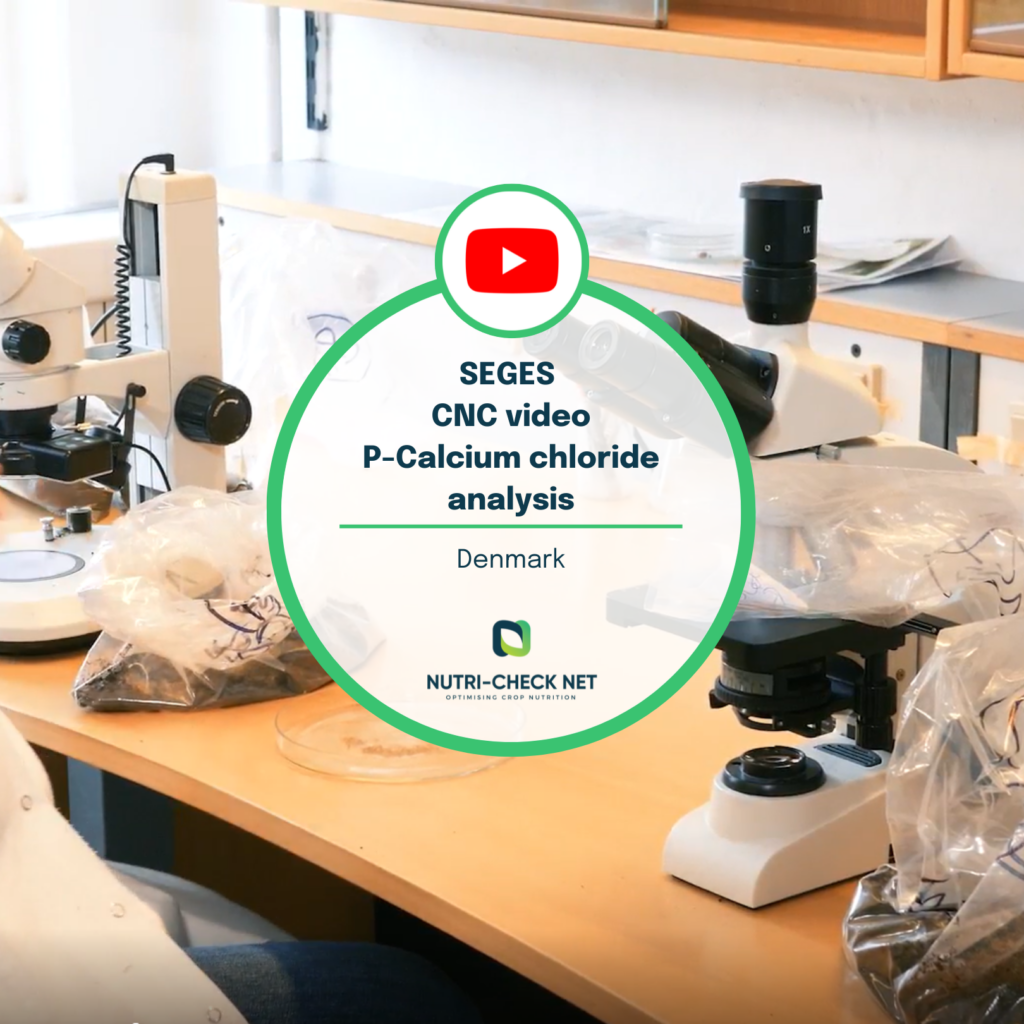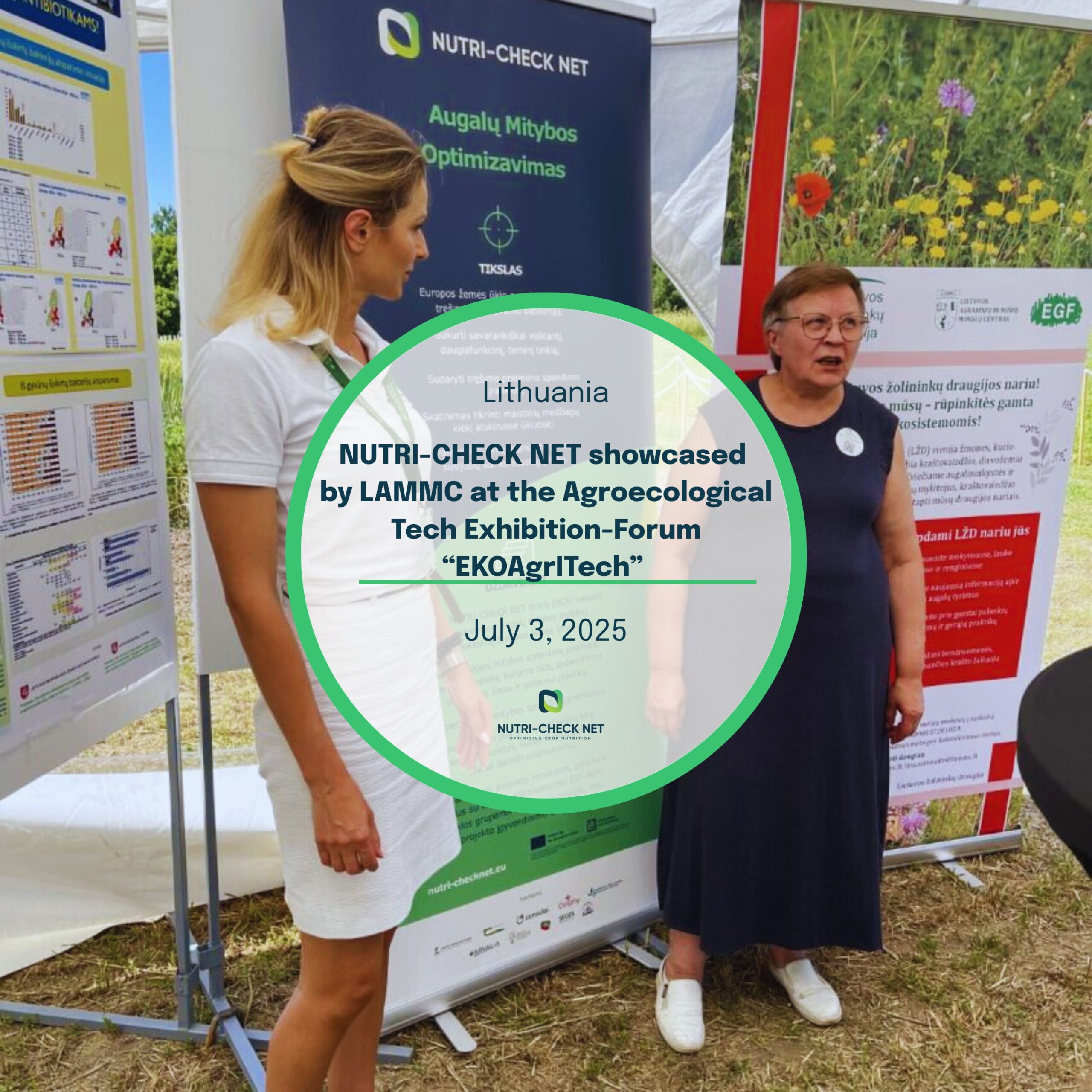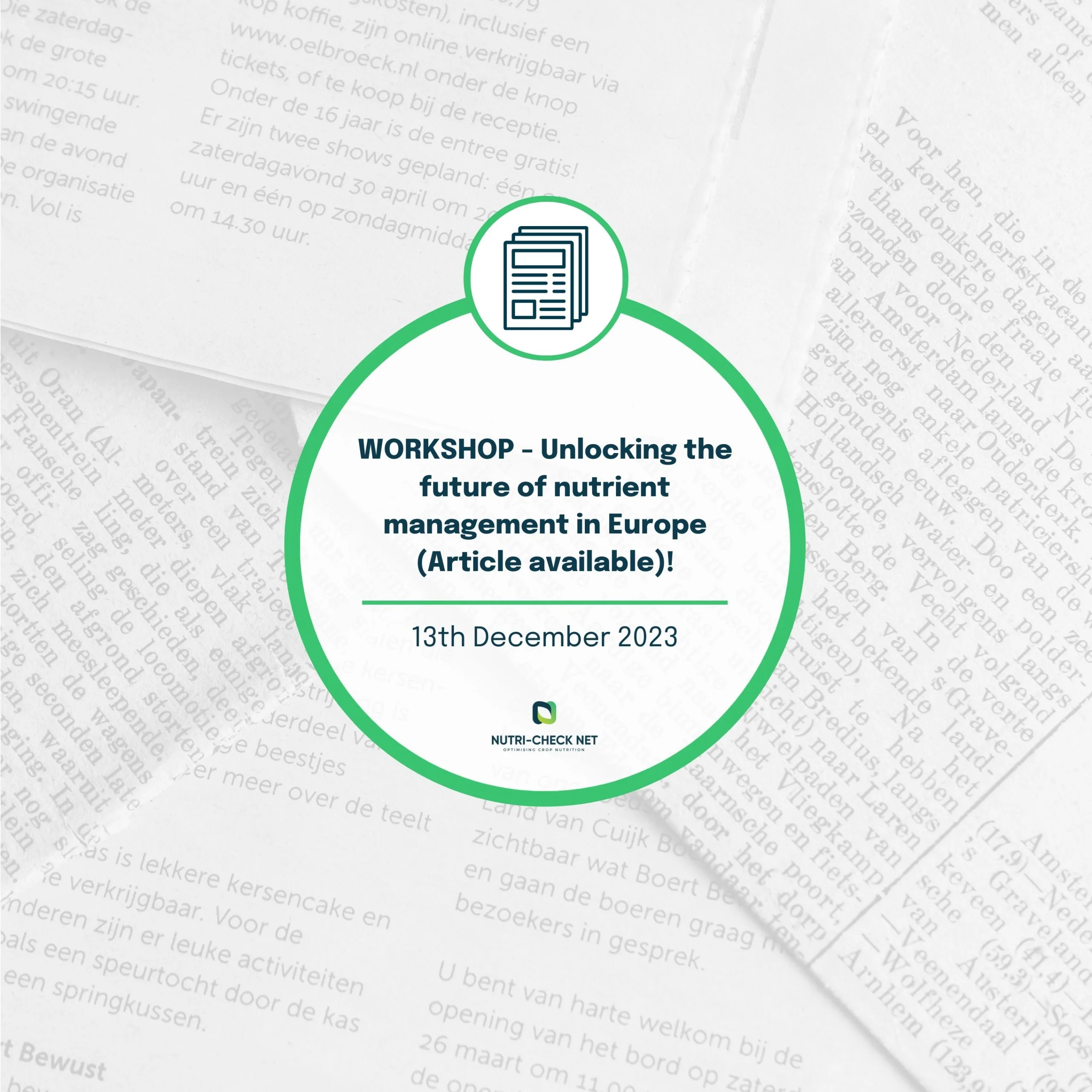In recent years, SEGES Innovation has conducted trials showing that the calcium chloride (CaCl₂) soil phosphorus analysis provides a more accurate picture of phosphorus availability than the traditional phosphate extraction method. This is particularly relevant in regions such as Vendsyssel and Himmerland, where soils contain high levels of oxalate-extractable aluminium (Alox).
These elevated Alox levels bind phosphorus in the soil, making it less available to plants, even when traditional tests suggest that phosphorus levels are already high. The new calcium chloride method uses a milder extractant, which better reflects the amount of phosphorus that plants can actually take up from the soil.
This approach may also be useful in soils with high levels of oxalate-extractable iron, although this has not yet been tested. Farmers who experience low crop responses to phosphorus or suspect phosphorus deficiency despite normal soil test values are encouraged to consider using the CaCl₂ phosphorus analysis.
More information is available on landbrugsinfo.dk in the article “New soil analysis for determining available phosphorus in the soil”. Farmers can also visit landmand.dk under the Digital Soil Maps 2024 theme to check if their fields are located in areas with high aluminium content. The CaCl₂ phosphorus analysis can be ordered through local advisory service providers.
Check the full video here!



